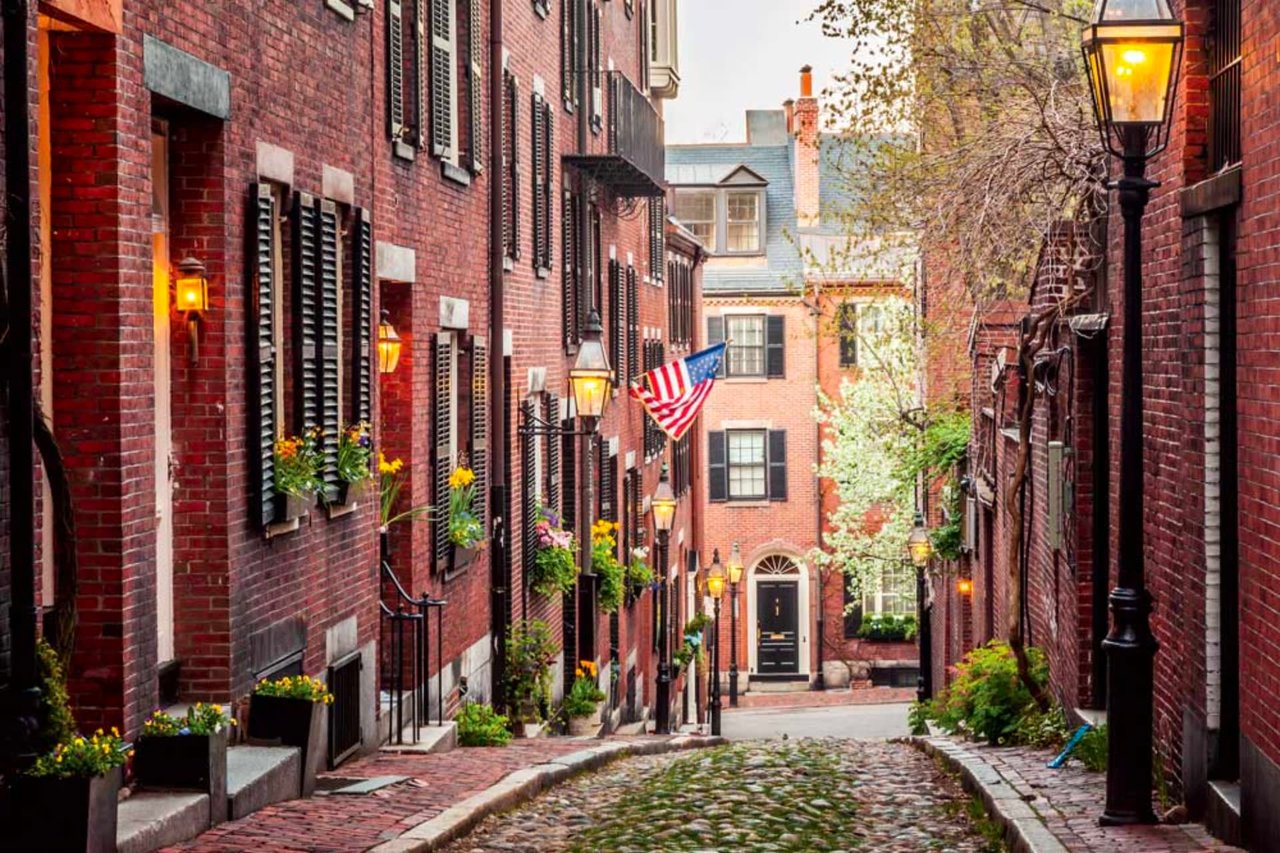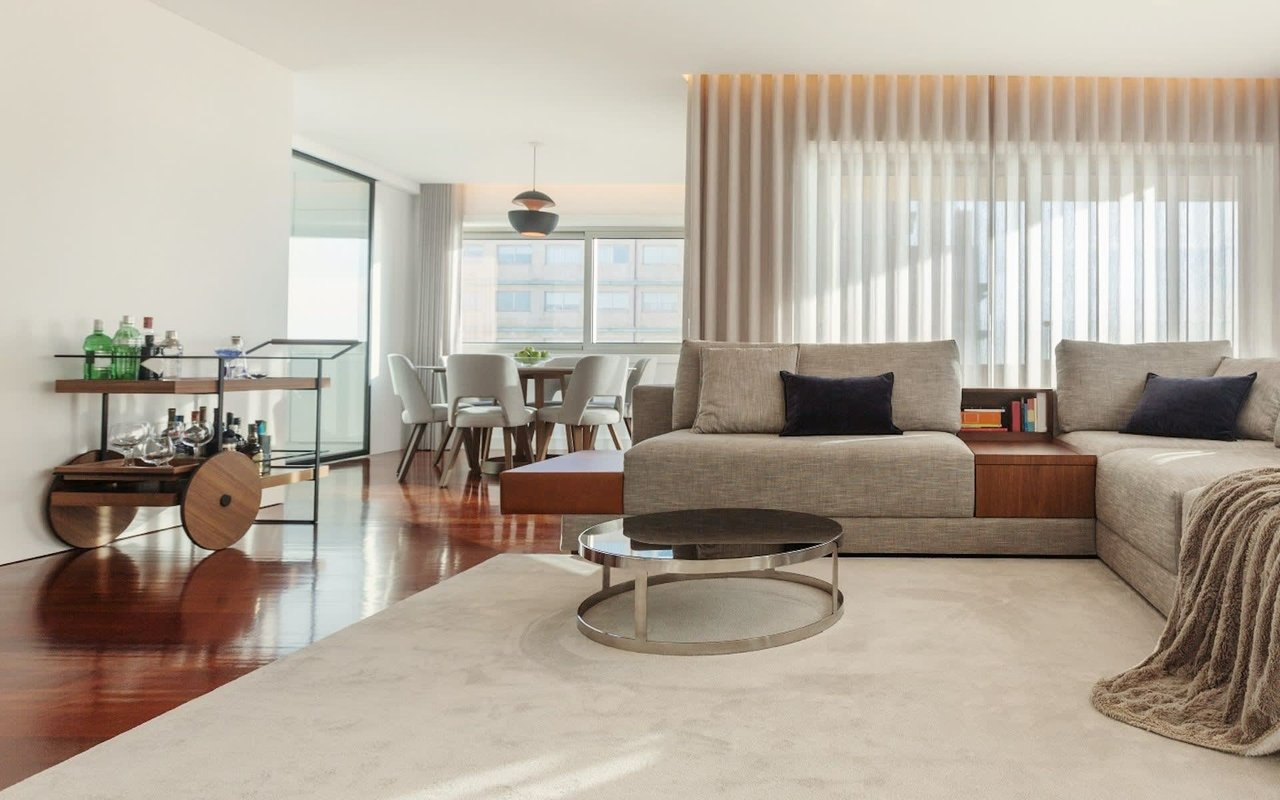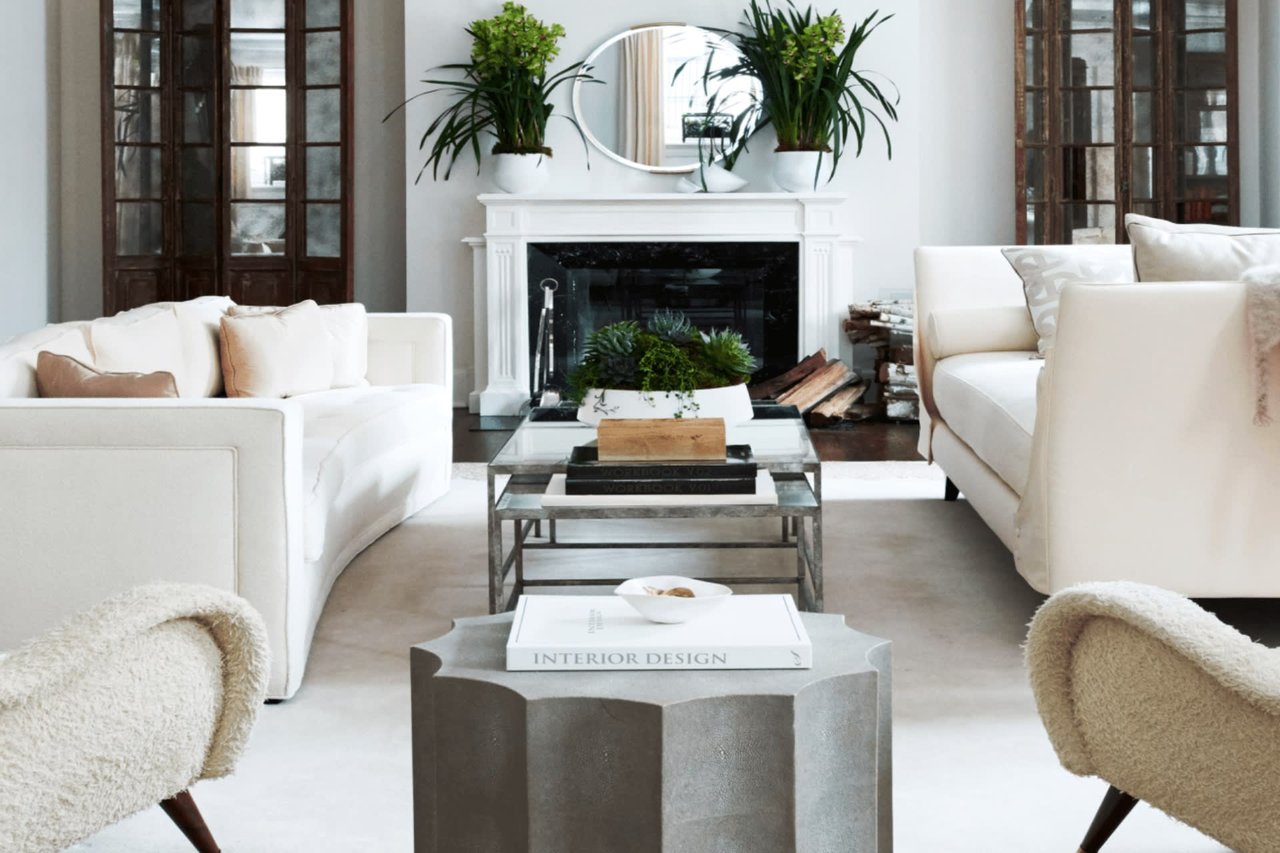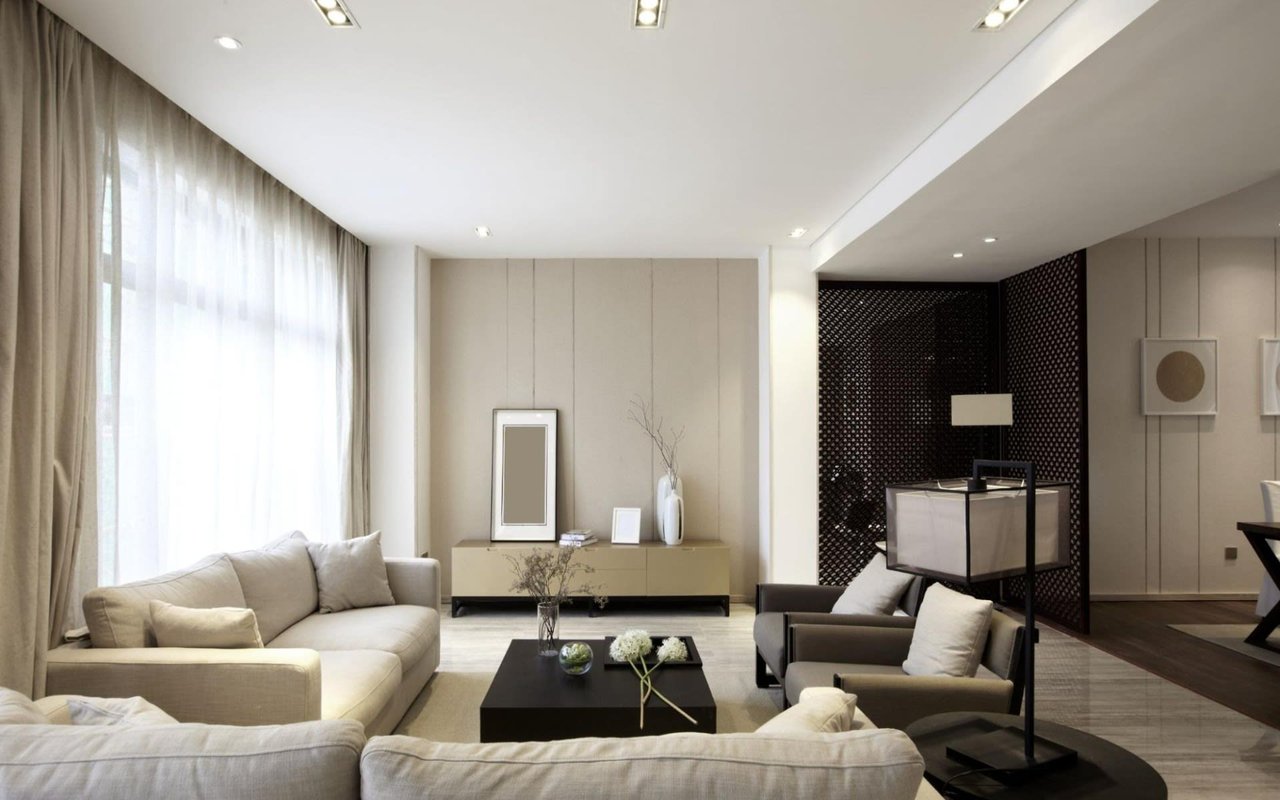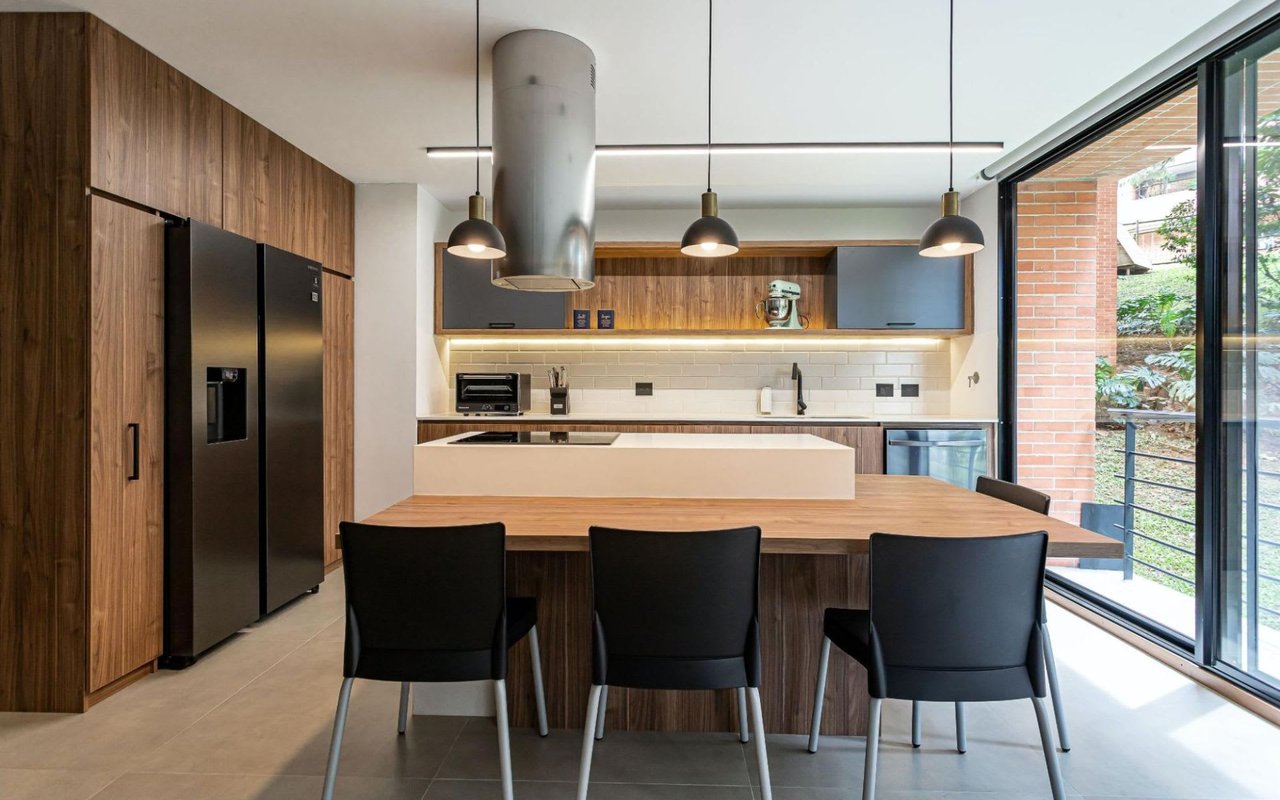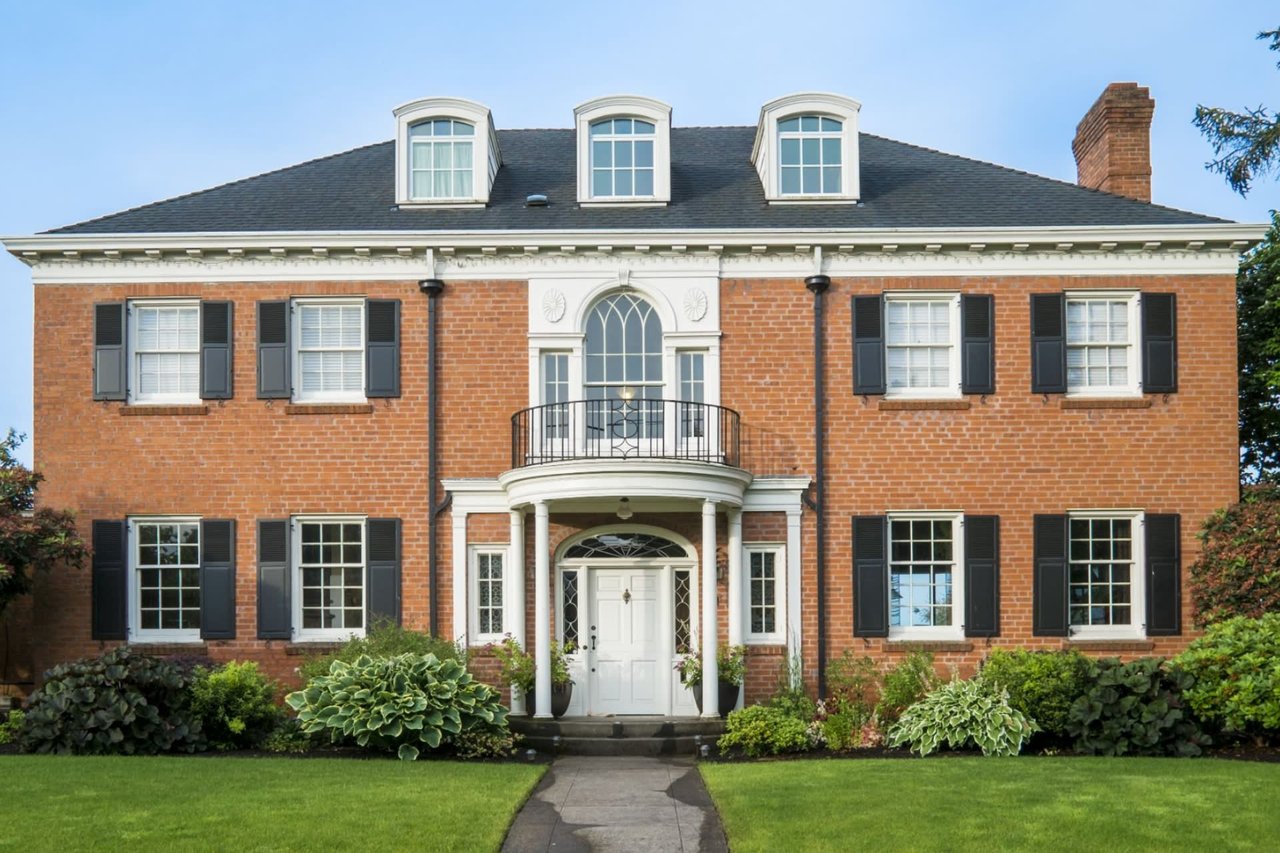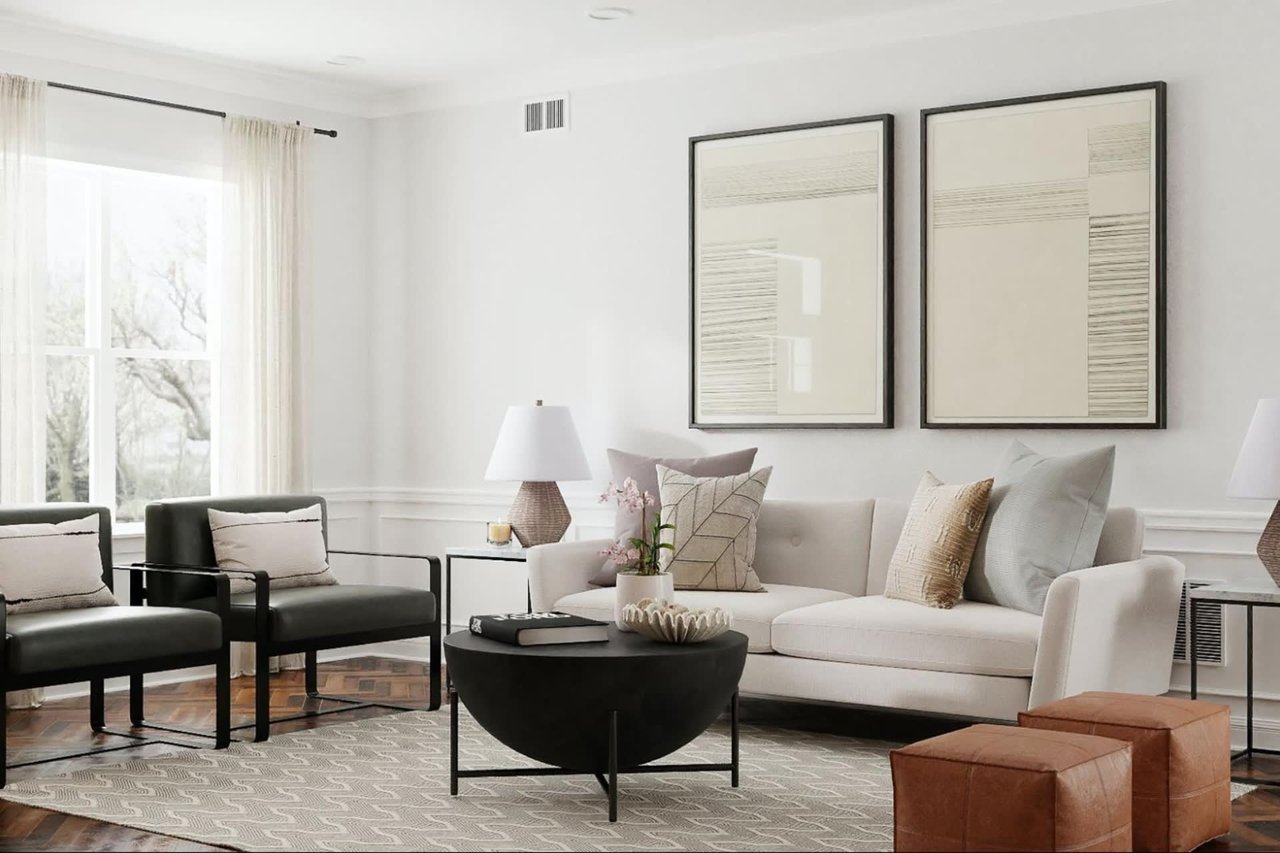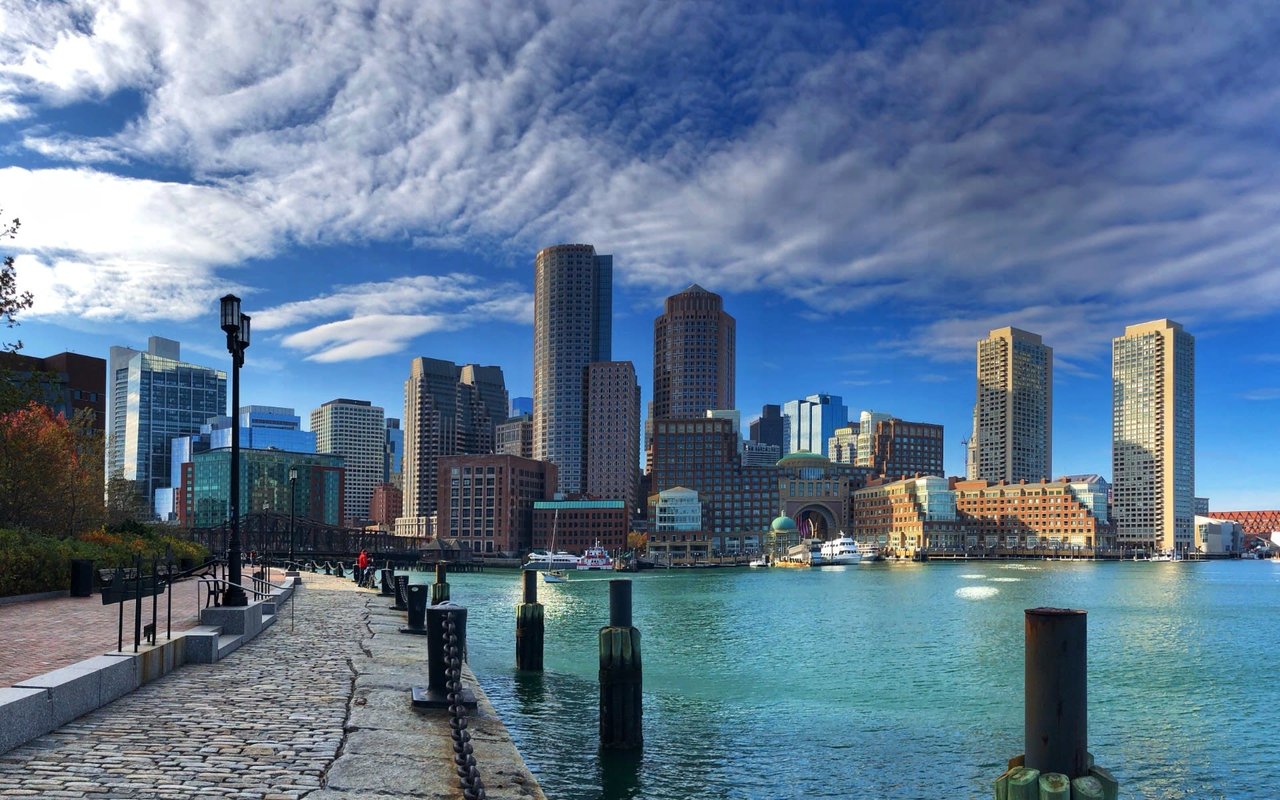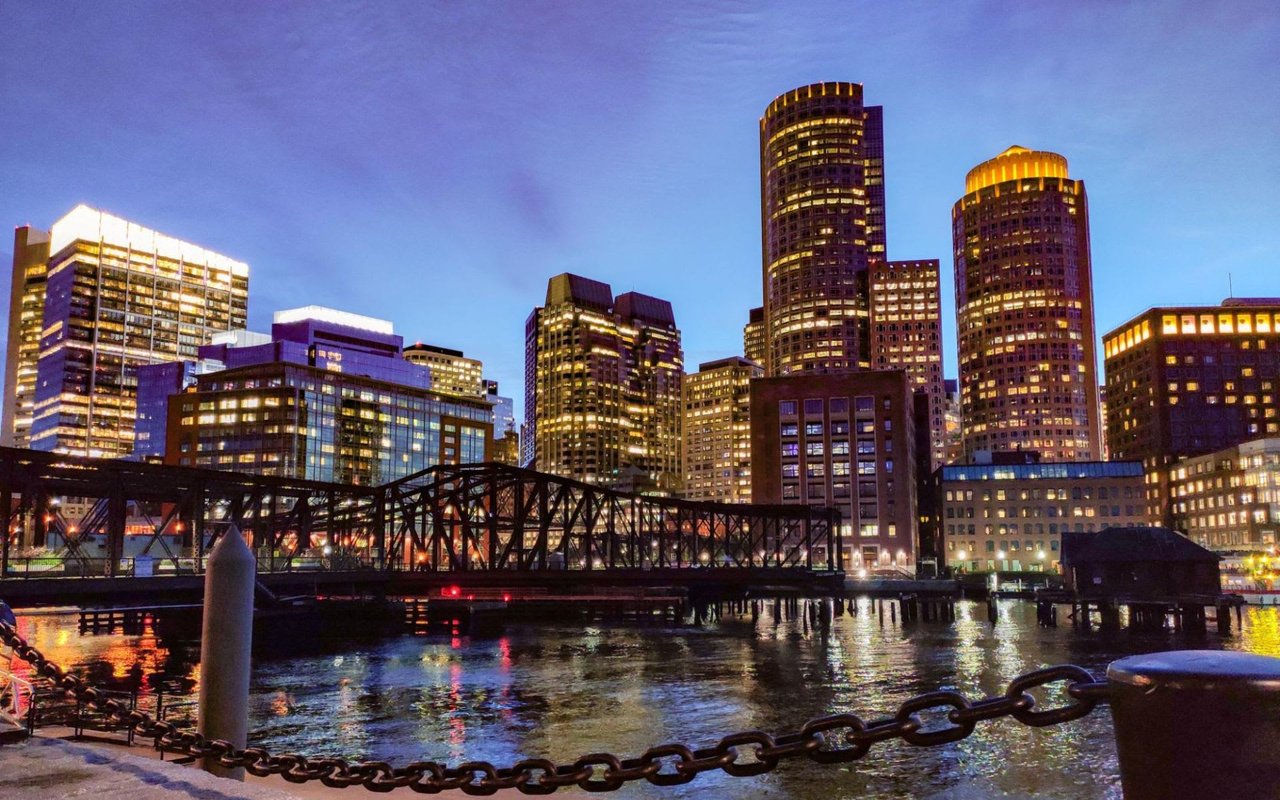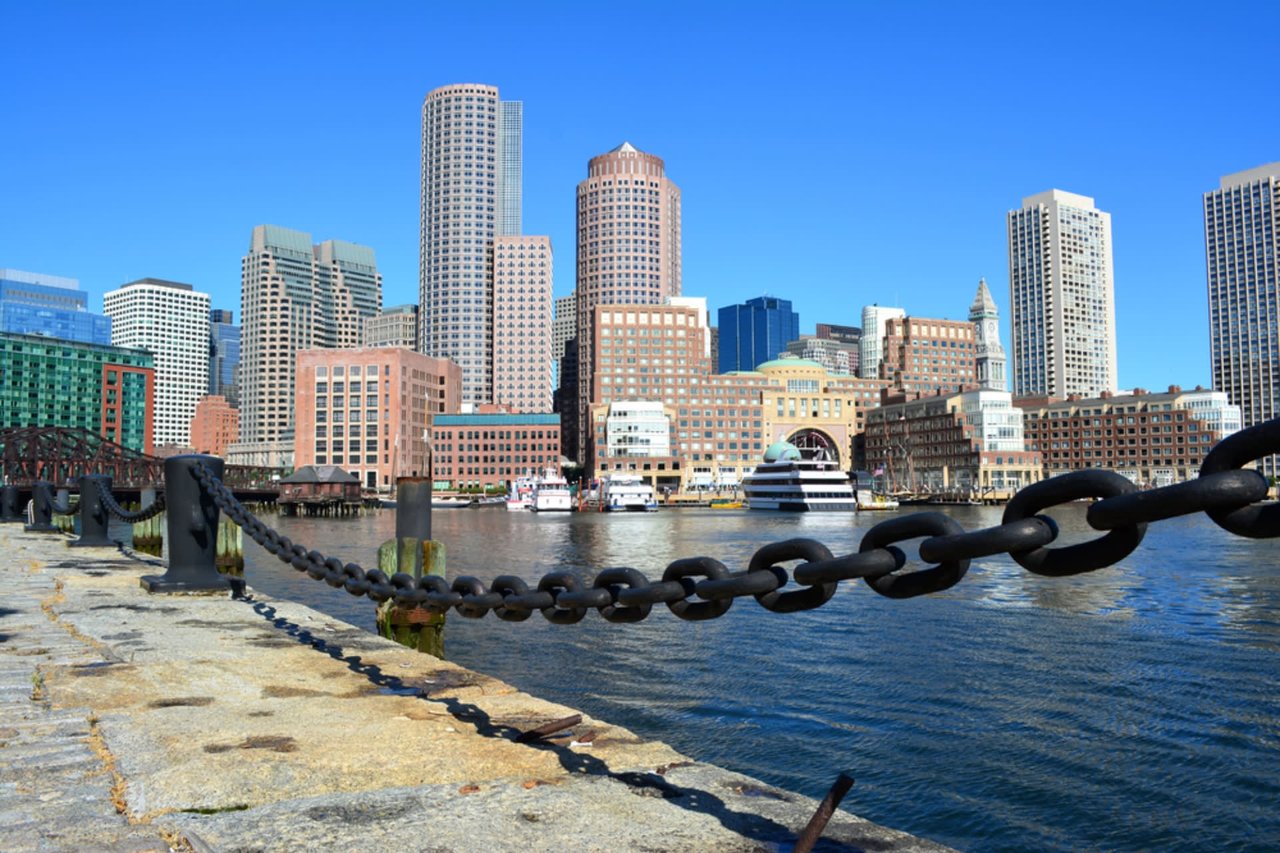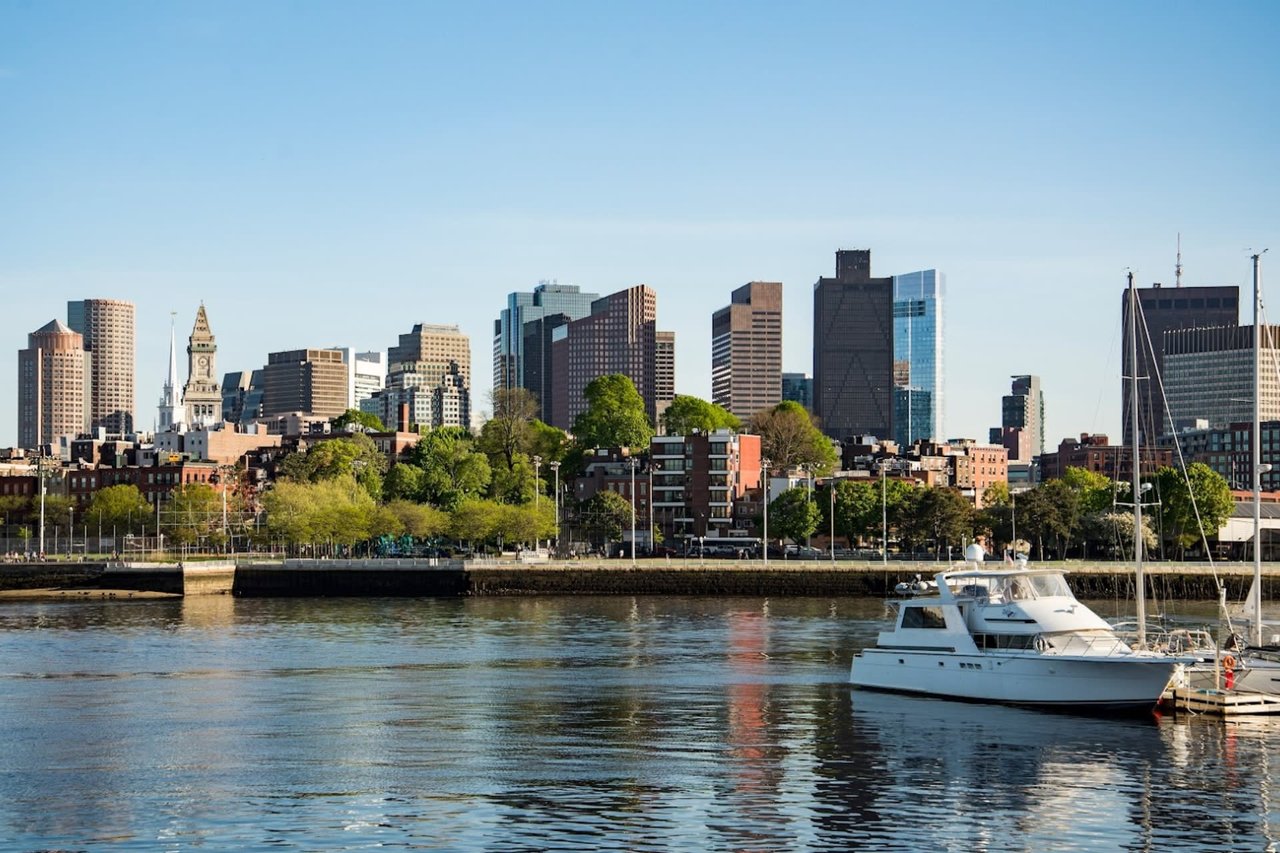Beacon Hill is one of the most historic neighborhoods in Boston, with roots dating back to the late 1700s. Now, it’s known for its quaint, cobblestone streets and rows upon rows of brick townhouses. Homes in Beacon Hill are highly sought-after and luxurious, combining exterior charm with modern interior renovations. If you’re considering an investment in Beacon Hill real estate or want to visit the area, this guide will walk you through what you can expect to see in Boston’s most beloved historic neighborhood.
Georgian Style
 Photo Courtesy of Homedit
Photo Courtesy of HomeditThe Georgian style came to the United States in the 18th century with a revival in the 19th and 20th centuries in New England. With influences from Italian architecture, the Georgian style is stately and simple with minimal decoration. When it comes to Beacon Hill real estate, Georgian homes are boxy and usually made of brick. A central entryway with simple crowning and thin pillars is as decorative as these homes get, with perfectly even windows and small chimneys. Beacon Hill homes for sale in the Georgian style often share Federal and Colonial architecture elements, as the three have several features in common, from shuttered windows to deep-set portico entryways.
Federal Style
Many Beacon Hill homes for sale come in the classic Federal style, a type of architecture reflecting styles from the 18th and 19th centuries. It was one of the first styles used in the original colonies and grew out of the earlier Georgian style that incorporated basic design, few ornamentations, and symmetrical construction. The William Hickling Prescott House is one piece of Beacon Hill real estate that perfectly captures the Federal style. Built in 1808, its beautiful brick exterior and numerous paned windows — each of which has a matching pair of narrow shutters — are vital architectural features in that era. Finally, the Massachusetts State House is a bold example of the style, perfect symmetry, second-story columns, and arched doorways. The Federal style is standard in the greater New England area, and you can find some of the most beautiful Federal homes on Chestnut Street.
Colonial Revival

In line with the Federal style, the Colonial Revival style harkens back to some of the earliest American homes, seeking to revive critical elements of the original Colonial style. Popular from around 1876 until the 1940s, Colonial Revival homes can be simple and minimal or a touch ornate, mixing in elements of more decorative Victorian homes. Pitched roofs typically sit atop a two-story structure and feature multiple gables. The facade is most often square or rectangular and made of brick, with stacked, narrow windows similar to Federal and Greek Revival homes. Small, columned porticos welcome visitors into a stately room that flows smoothly into a staircase to the second floor. Rooms on either side of the main entrance are used more for entertaining, while the bedrooms sit along a hallway on the upper level.
The Charles Street Meeting House is a historical example of Colonial Revival architecture. Built in 1807, the two-story church building is made from brick and has a tall central tower with a rounded cap. Rows of tall, narrow windows give the building a sense of symmetry and distinction with decorative, curved archways on the first level.
Greek Revival

Another style of architecture that favors all things symmetrical, Greek Revival homes became popular from 1825 to 1860. Inspired by ancient Greek temples, Greek Revival architecture hoped to bring back the elegance and simplicity of the originals. The most recognizable feature of Greek Revival structures is the large columns supporting the porch entryway. These homes typically have rows of symmetrical windows topped with thin lintels and flanked by wooden shutters. In Beacon Hill, Louisburg Square is considered one of the more striking examples of Greek Revival architecture, with rows of townhomes in the unique 19th-century style. Developed in the 1840s, Louisburg Square is one of the most sought-after spots for luxury Beacon Hill homes for sale. Individual townhomes don’t come on the market often, and when they do, they can list for upwards of $16 million.
Queen Anne
In the latter half of the 1800s, the Queen Anne architectural style boomed in popularity. A departure from minimalistic Georgian and Federal styles, Queen Anne structures embraced ornamentation by incorporating multiple colors, textures, and shapes in their designs. It’s difficult to find genuine Queen Anne homes, as the style was often blended with Victorian features, but nonetheless, Queen Anne homes are often charming and whimsical.
Corner turrets are a key feature of the style, with some homes having more than one. Typically, a deep-set, covered porch will sit beneath the turret or tower with decorative columns. Roof dormers of varying sizes and oriel windows and iron cresting are other signature elements. The homes are typically large, with at least two or three stories. Following the asymmetry of the exterior, the interior will often have open living areas on each floor.
Mount Vernon Street is one place in Beacon Hill where you can find Queen Anne-style homes featuring beautiful examples of the style’s use of shingled walls, turrets, and multiple dormers.
Beacon Hill is a picture of early American architecture that offers homes in classic New England styles. From Federal homes along Chestnut Street to Queen Anne homes on Mount Vernon, Beacon Hill is a luxury real estate treasure trove. To find the best place to call home in Beacon Hill, hire a professional real estate agent with a strong sales history in the neighborhood. Dylan Costello helps Boston clients find their forever homes with a mix of warmth and open-mindedness. So if you’re ready to discover all that Beacon Hill real estate has to offer, reach out to Dylan Costello today.
